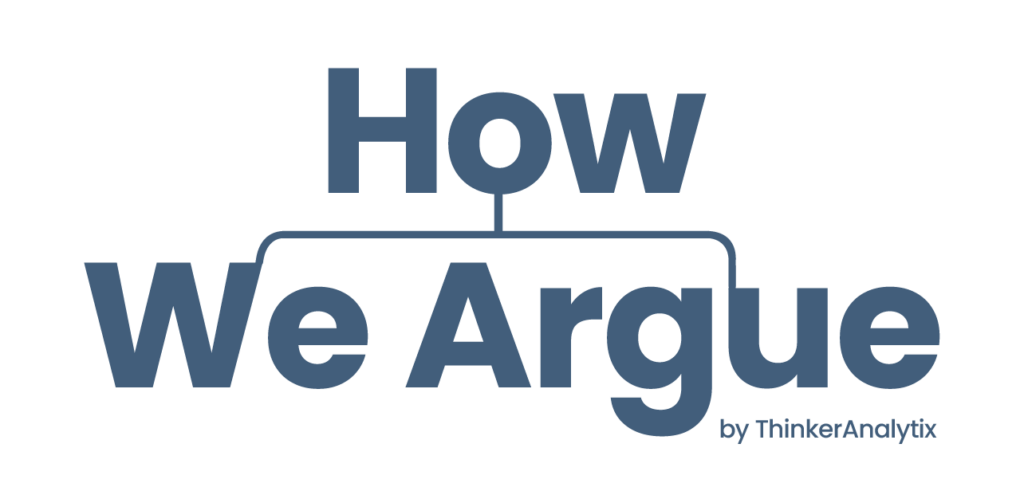We help educators teach critical thinking.
Want your students to have skills for meaningful discussions and debates?
Want to give students practice for standardized tests and college-level learning?
Our interactive textbook How We Argue is designed by Harvard educators to lighten your load, working alongside your existing curriculum to help students practice and improve their critical thinking skills using a research-backed method called argument mapping.

Made by educators, for educators:
- Designed for low to no teacher intervention
- Personalized learning: designed so students work asynchronously at their own pace outside of class with no prerequisite
- Is being used across large and small classes at public and independent schools across the U.S. and internationally
- Simple instructor dashboard to track student progress
- Easy payment options for students, schools, and districts
What's Inside

Trusted by Educators

Students learn skills.

Research-backed pedagogy

Rigorous, well-organized essays

Constructive conversations about controversial issues
Sample Classroom Applications
- Use argument maps to quickly outline a clear “line of reasoning” for the AP Exam essay
- Demystify the scoring process by mapping exemplar essays, exposing the underlying structure of the arguments presented
- Use argument maps to differentiate reasons to believe the ultimate claim or thesis from rhetorical flourish, literature review, description, and other important forms of writing
- Give students a clear, visual method for answering DBQs, incorporating both evidence from historical texts and their own, original reasoning
- Debate historical claims while practicing the skills of intellectual humility
- Map case studies to expose key premises and inferences made in the text (as well as leaps and gaps in the author’s reasoning)
- Construct argument maps to prepare lines of reasoning for live competition
- Find out more here!
About Us
ThinkerAnalytix is an educational nonprofit that grew out of the Harvard Department of Philosophy.

Anne Sanderson
CEO/Co-Founder
Associate, Philosophy
Harvard University

Aidan Kestigian
VP of Core Curriculum
Visiting Assistant Professor,
Wheaton College

Noah Lopez
Director of Growth
PhD in Philosophy, Oxford University

Nate Otey
Lead Instructional Coach
Associate, Philosophy
Harvard University
Testimonials
FAQs
ThinkerAnalytix (TA) is an educational non-profit that partners with the Harvard University Department of Philosophy. We use argument mapping to help students practice the skills of logical reasoning and intellectual charity. The result is that students write more effectively and discuss controversial issues more constructively.
HWA is assigned by instructors of grades 7-12 at many private, charter, and public schools across the world.
How We Argue costs $25/student, but institutional discounts are available depending on the number of students registering. This revenue allows us to update the site regularly, improve the user experience, and assist students in the chat feature.
Yes! The skills we teach are often included under the “reasoning” and “critical thinking” standards in state curricula. For example, argument mapping provides an explicit, visual method for CER: Claim, Evidence, and Reasoning– a common approach to teaching historical thinking and writing.
We know that most instructors already have too much content to cover in a limited time. Therefore, HWA is designed to supplement or augment your existing curriculum, rather than compete with it.
Most instructors assign HWA at the beginning of the term, and ask students to work on it outside of regular class time, often in addition to assigned readings. For example, you might ask students to complete the mastery checks for Lessons 1-2 by the end of the first week, Lessons 3-4 by the end of the second week, and Lessons 5-6 by the end of the third week.
HWA is designed to be flexible, and some instructors will want to move faster or slower, depending on your students’ aptitudes and on your other course content.
We’ve interviewed dozens of instructors who have used HWA and compiled some tips and tricks. The video on the My Classes page summarizes these tips and tricks, and helps you get going.
The Instructor Resource Folder (which costs $50) also has many lesson plans and suggestions for further integrations.
Most students will take about 3-5 hours to complete Lessons 0-6 (the most basic version). The Advanced Content section (Lessons 7-10) takes most students an additional 3-5 hours.
Argument mapping is a fantastic method for preparing arguments for debates and bowls. Upon completing HWA, students will have the skills they need to identify the components of arguments they read in case studies, and create their own arguments for competition.
HWA uses Mastery Learning, a thoroughly-researched method of teaching skills, in which students must demonstrate mastery of each target skill before moving on to the next lesson. This highly personalized approach ensures that students work at their own pace and are always practicing the most relevant skills at any given moment, and that instructors always know exactly what their students have (and have not) learned. HWA includes thousands of practice exercises with feedback to help students learn at their own pace.
You can (and should) assign due dates, but we recommend letting your students know that they will need to pace themselves and start early. Building skills takes time, and many students will get frustrated if they wait until the eleventh hour and then try to rush through. The students who start early and take their time actually complete the mastery checks faster, requiring fewer attempts.
Your My Classes page summarizes each student’s progress, with a blue box indicating that the student has mastered the skill listed at the top of the column. By clicking on a student’s name, you can view each of the practice exercise sets and mastery checks that they’ve taken. If you click the “View Questions” button next to a quiz, you can see how the student answered each question in that quiz.
Students can reach out to the TA team with specific questions, or to request that a mastery check or quiz be reset, if necessary. We try to respond to all chats within about 12 hours. In the very rare case where a student misuses the chat feature (i.e., by saying something rude or inappropriate), we do not respond but simply notify their instructor.
Please reach out to us at [email protected]!
